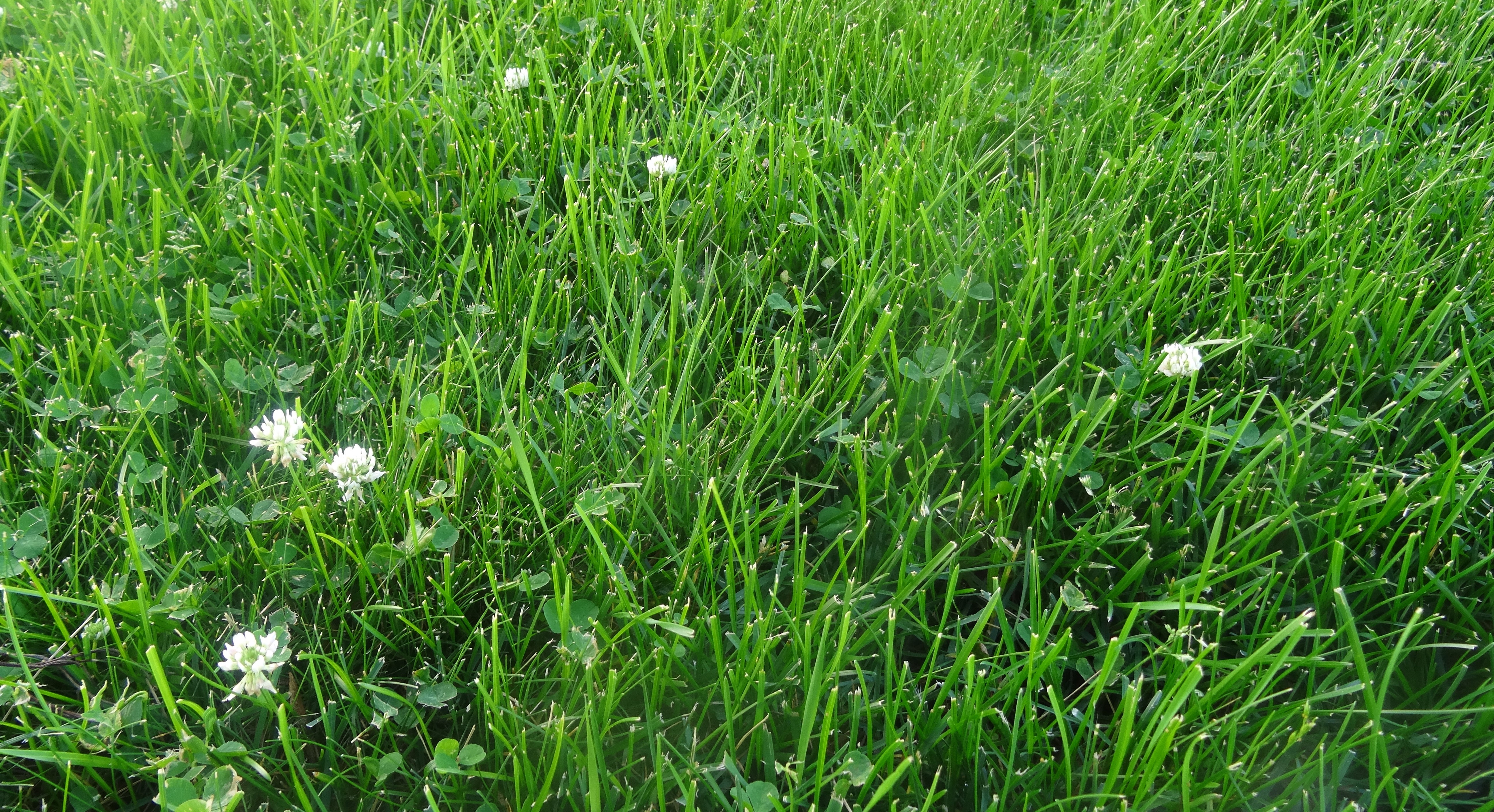Bee Lawn
University of Minnesota Turfgrass team in the media – 11/9/21
Check out our team’s latest efforts in educating the public about our work. Kristine Moncada and Maggie Reiter wrote an article for UMN Extension Yard and Garden News!
Read the article - Dormant seeding bee lawns - to find out the latest on dormant seeding a bee lawn this fall. To learn more about dormant seeding a regular turfgrass lawn, check out another article from Extension - Dormant seeding.
University of Minnesota Turfgrass team in the media – 10/22/21
Check out our team’s latest efforts in educating the public about our work. Articles about the UMN Turfgrass Science team were featured in the October 2021 edition of the MGCSA's Hole Notes publication and Eric Watkins was featured in an article and podcast about bee-friendly lawns!
New bee lawn resources from UMN Extension
UMN Extension now has new materials on everything you need to know to grow your own bee lawn! UMN researchers have spent several years studying bee lawns and the pollinators that benefit from them. These resources (written by Turfgrass Scientist Kristine Moncada, Turfgrass Extension Educator Maggie Reiter and James Wolfin of Metro Blooms) combine the results of all this work so everyone can learn the steps in establishing and maintaining a bee lawn. Don’t forget to consult the new page, Planting and maintaining a bee lawn, for all your bee lawn questions.
Bee Lawn Seed
Wondering where to purchase bee lawn seed mix? Below we have compiled local and online vendors of bee lawn seed, as well as companies that install bee lawns. Be sure to contact a company beforehand to check if they have the seed in stock.
This list is presented for practical purposes, and in no way implies endorsement of these companies by the University of Minnesota. If you are a seed vendor and would like your company included in this list, please email Kristine Moncada ([email protected]).
Mow the no-mow?
By Ryan Schwab
“No-mow” is a loose term we often use to describe a low input, grassy area that grows out higher than a typical turfgrass stand. The grass may flop over onto itself, go to seed, or create a clumpy pasture-like appearance (Figure 1). In Minnesota, fine fescues (Festuca spp.) are typically used in no-mow residential lawns or golf course roughs. Despite the term “no-mow” these may be mowed infrequently to create the desired aesthetic.
University of Minnesota Turfgrass team in the media – 3/28/21
Check out our team’s latest efforts in educating the public about our work. Extension Educator Maggie Reiter wrote an article in Yard and Garden News and Kristine Moncada wrote an article for the Low Input Turf blog!
University of Minnesota Turfgrass team in the media – 7/15/2020
Check out our team’s latest efforts in educating the public about our work! We have two webinar videos and an article to share.
Videos
Weeds
- UMN Turf Science Top 10 Turf Weeds by former Turfgrass Extension Educator Maggie Reiter
- UMN Turf Science Glyphosate Alternatives by former Turfgrass Extension Educator Maggie Reiter
Spring Lawn Care
This webinar video was created in partnership with the Metropolitan Council and addresses several topics on how to care for your lawn in spring.
Springtime Lawn Care: Waking Up Your Lawn
